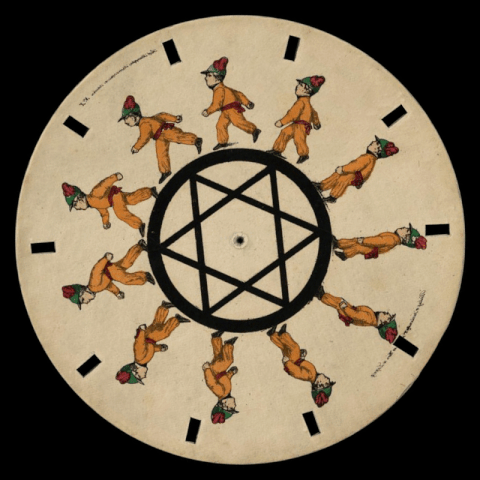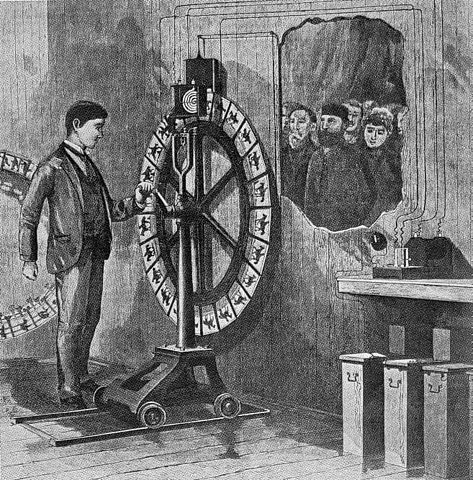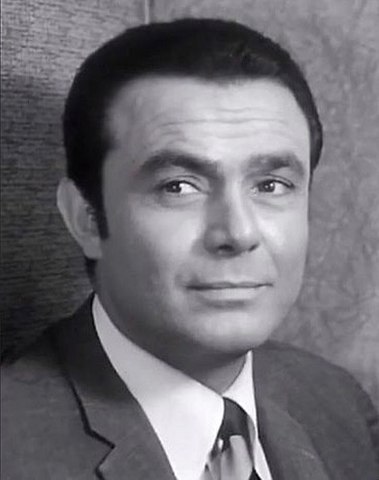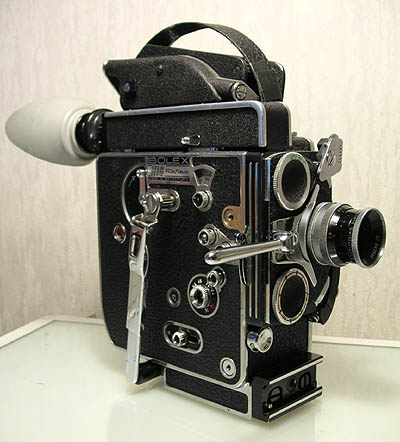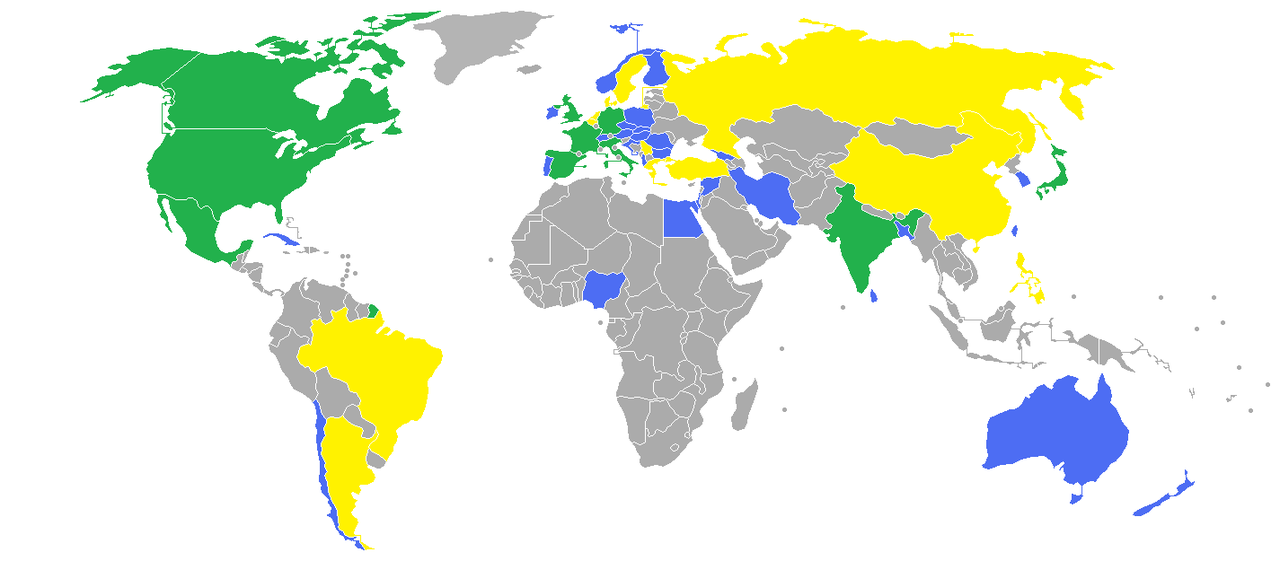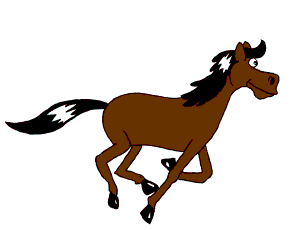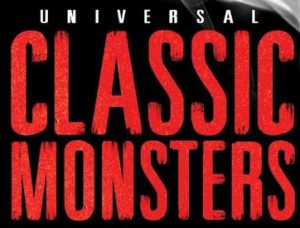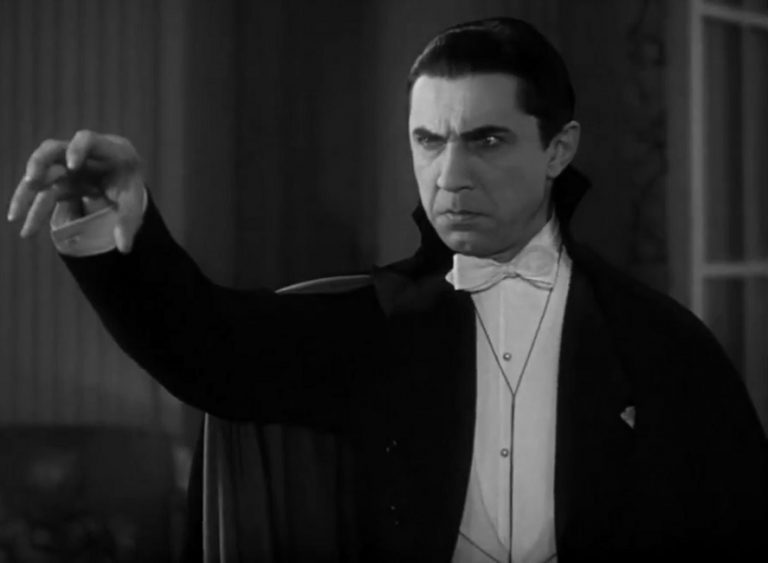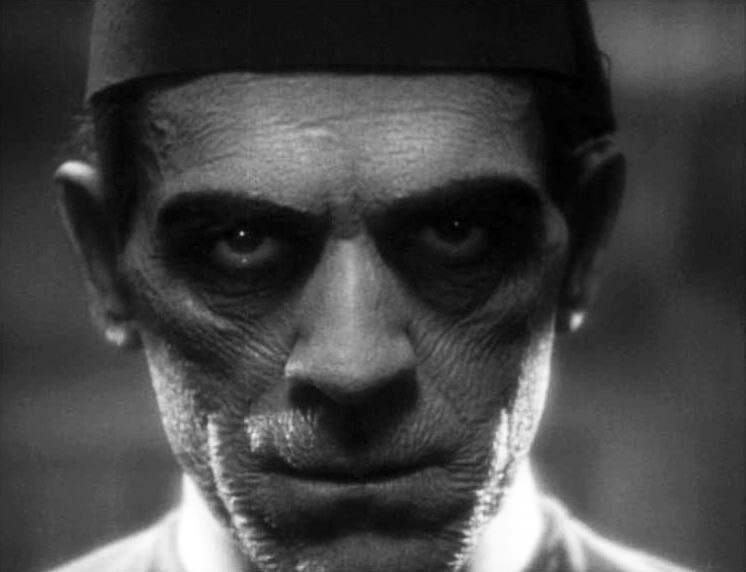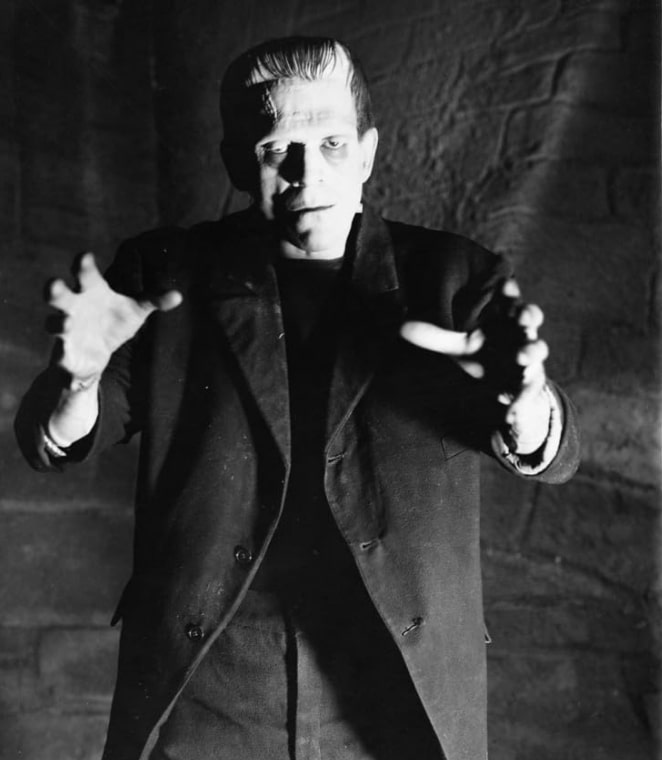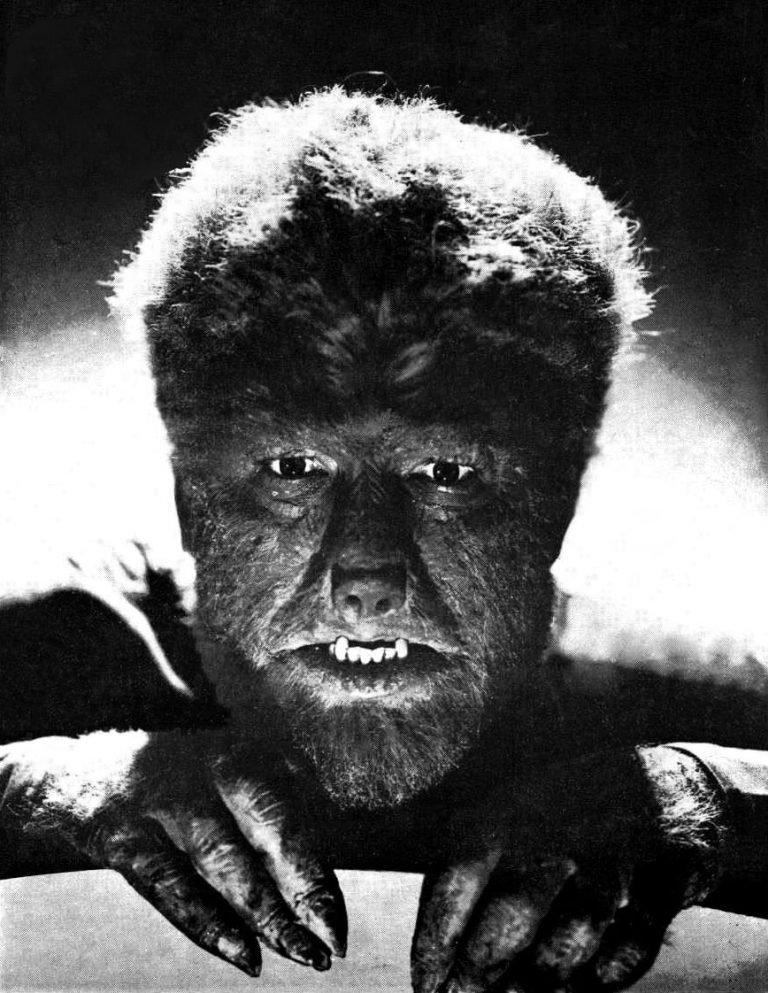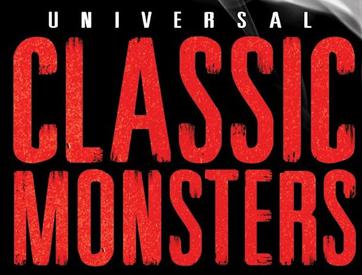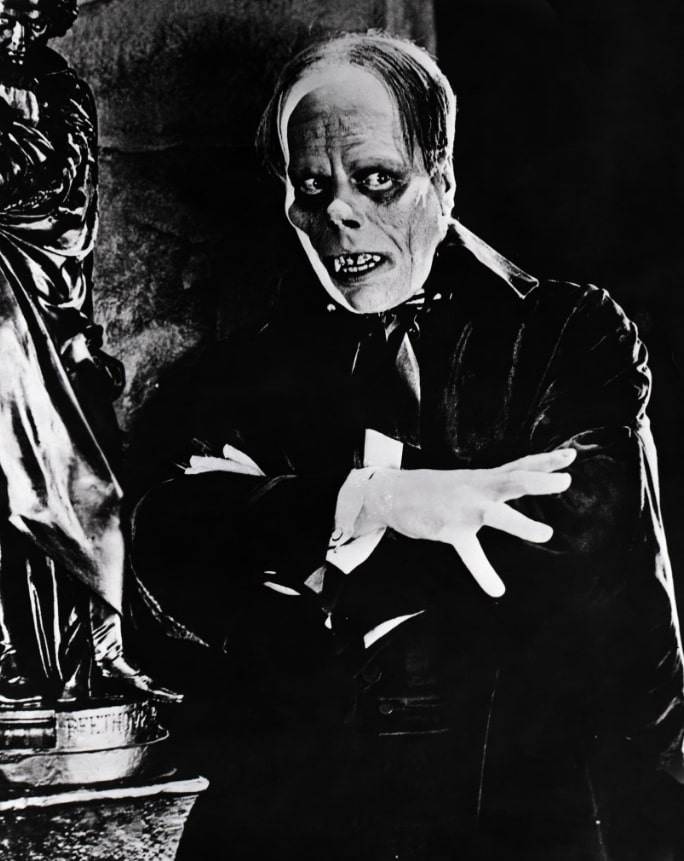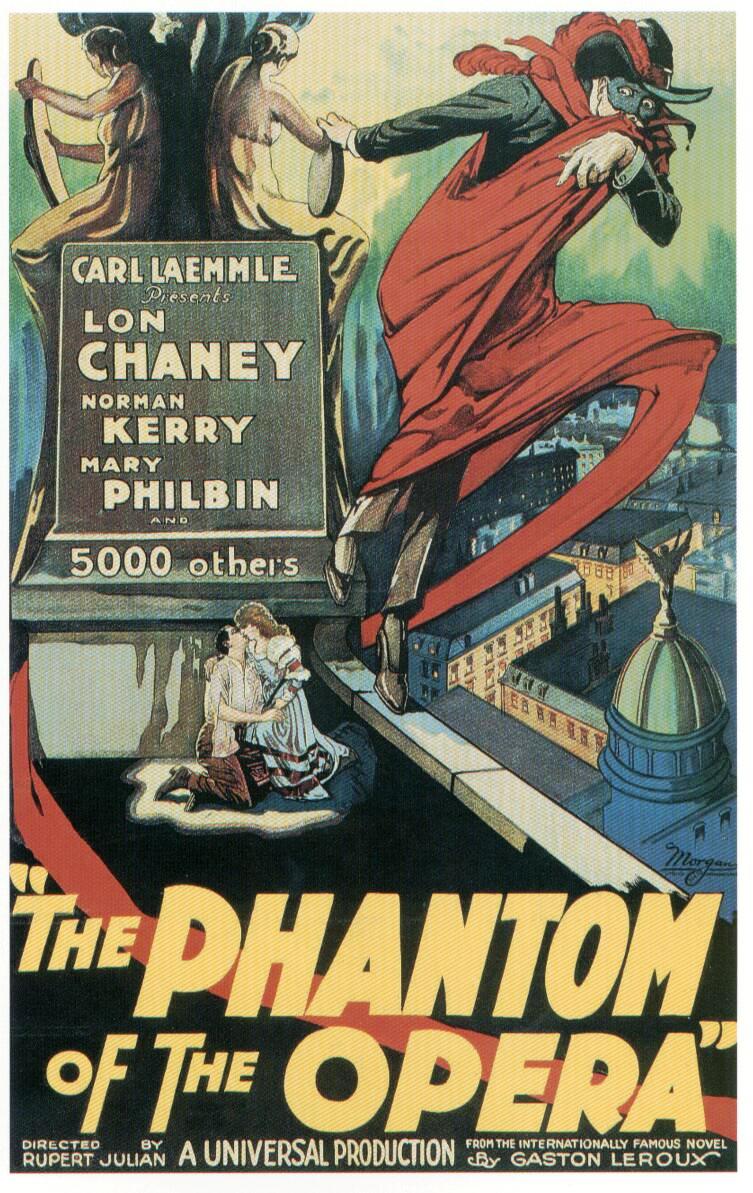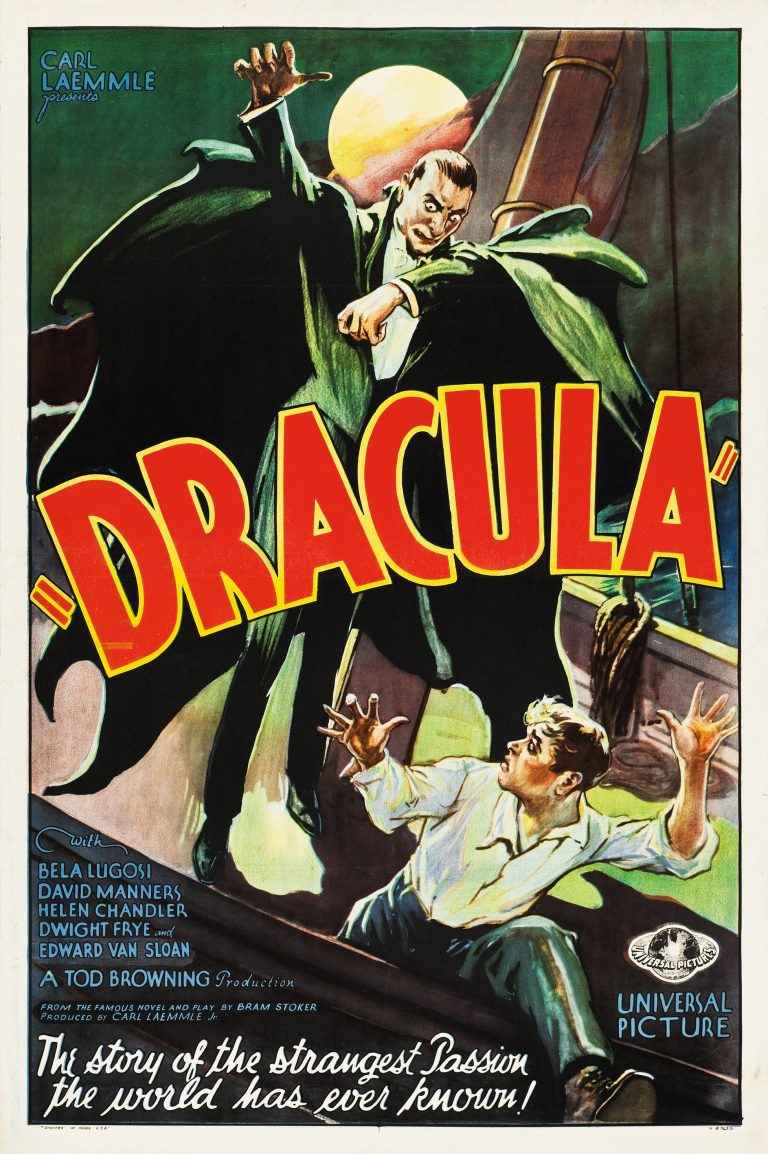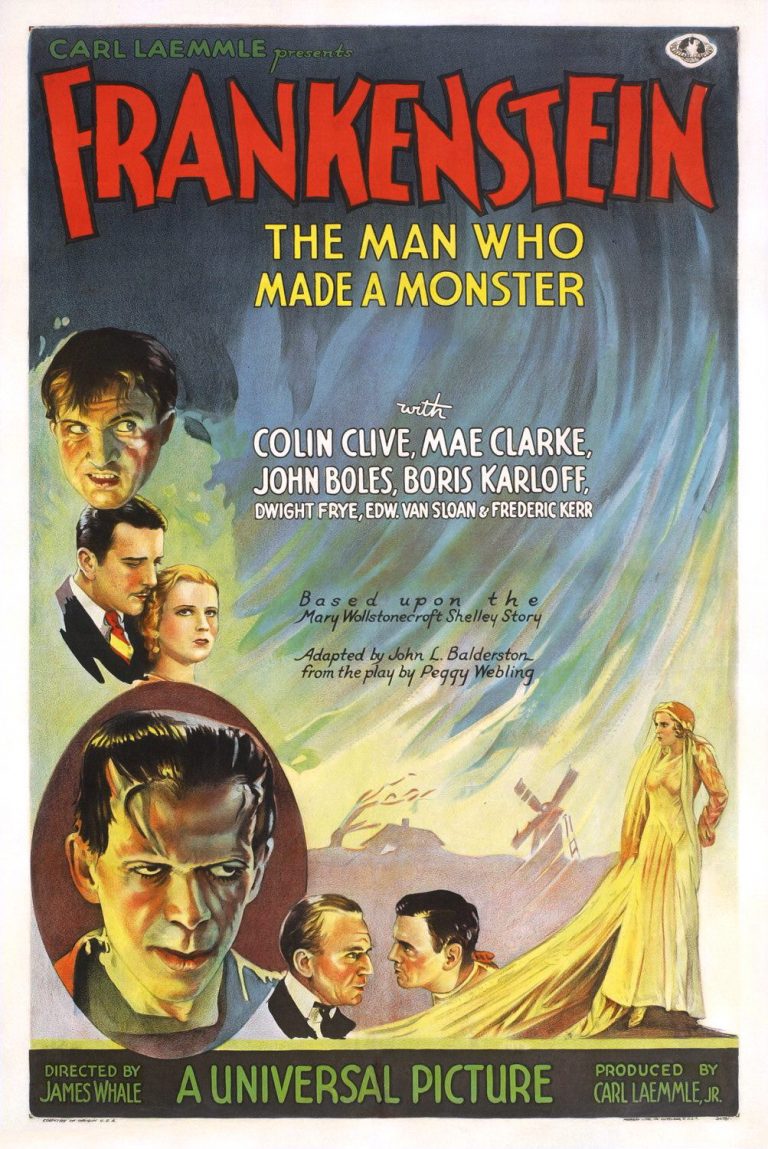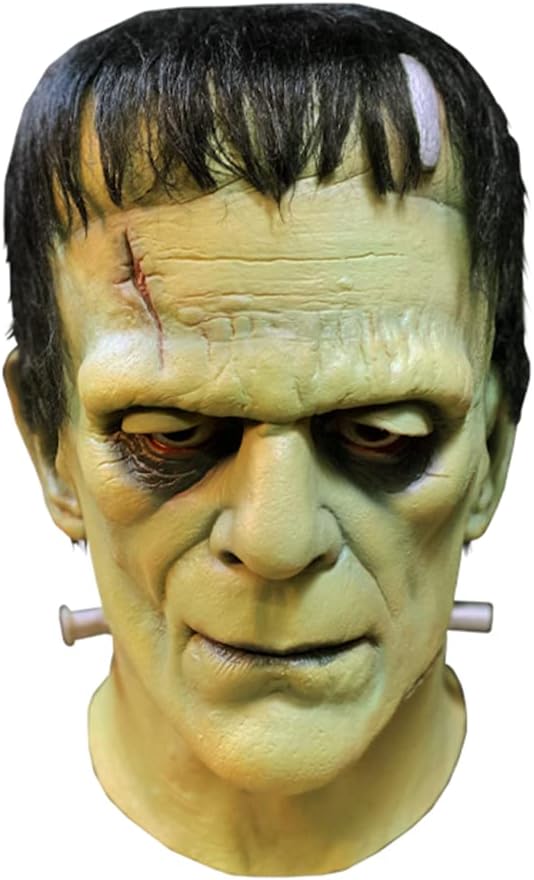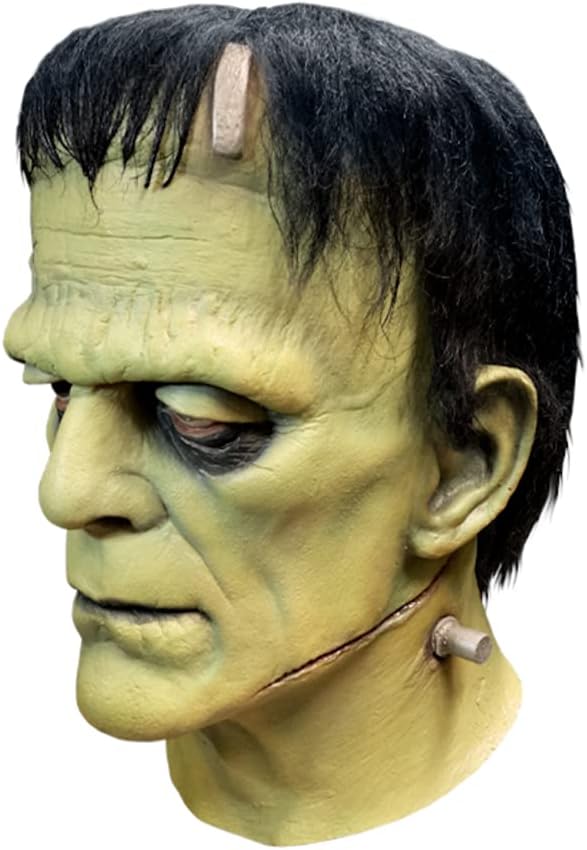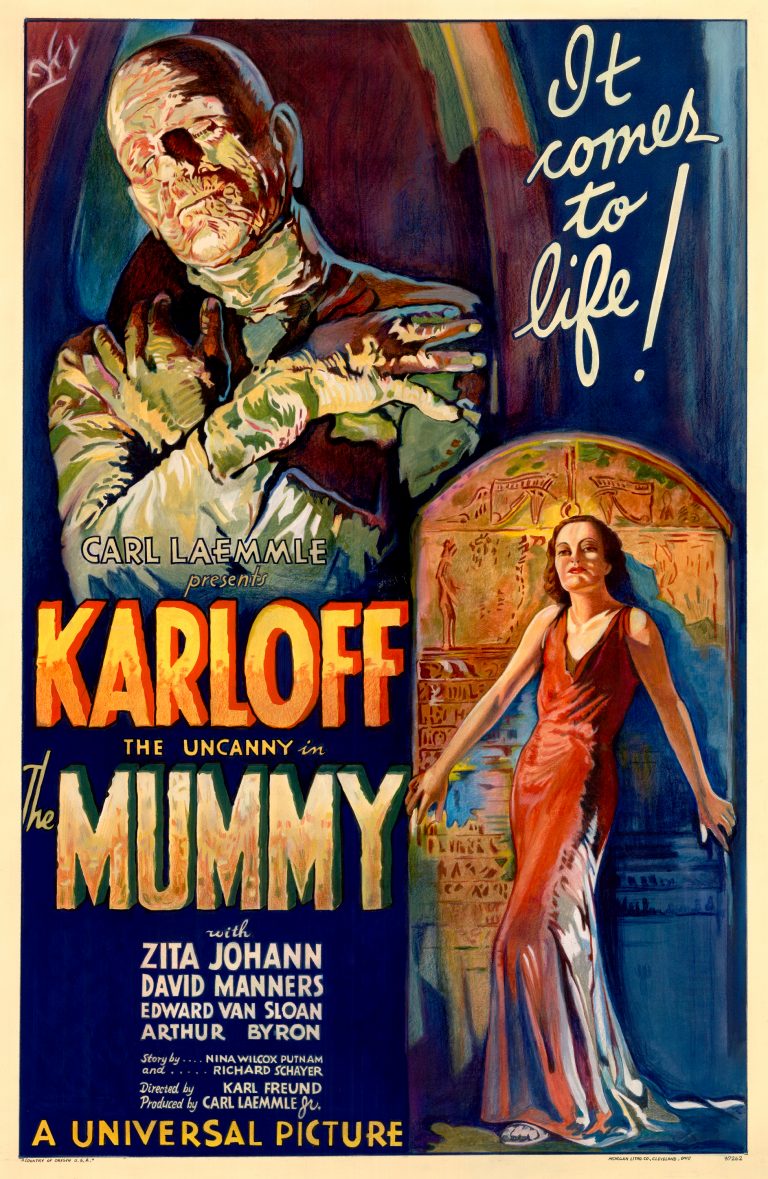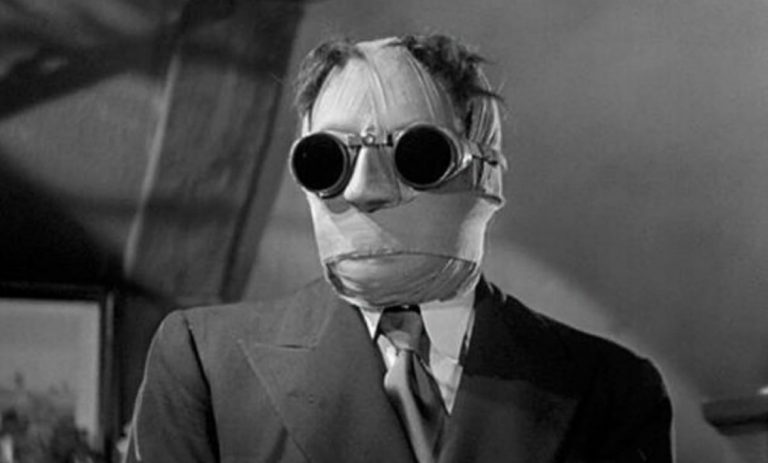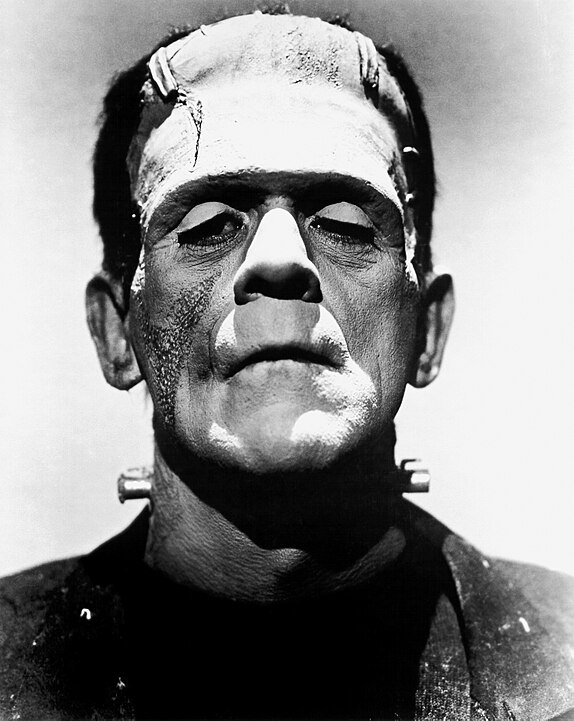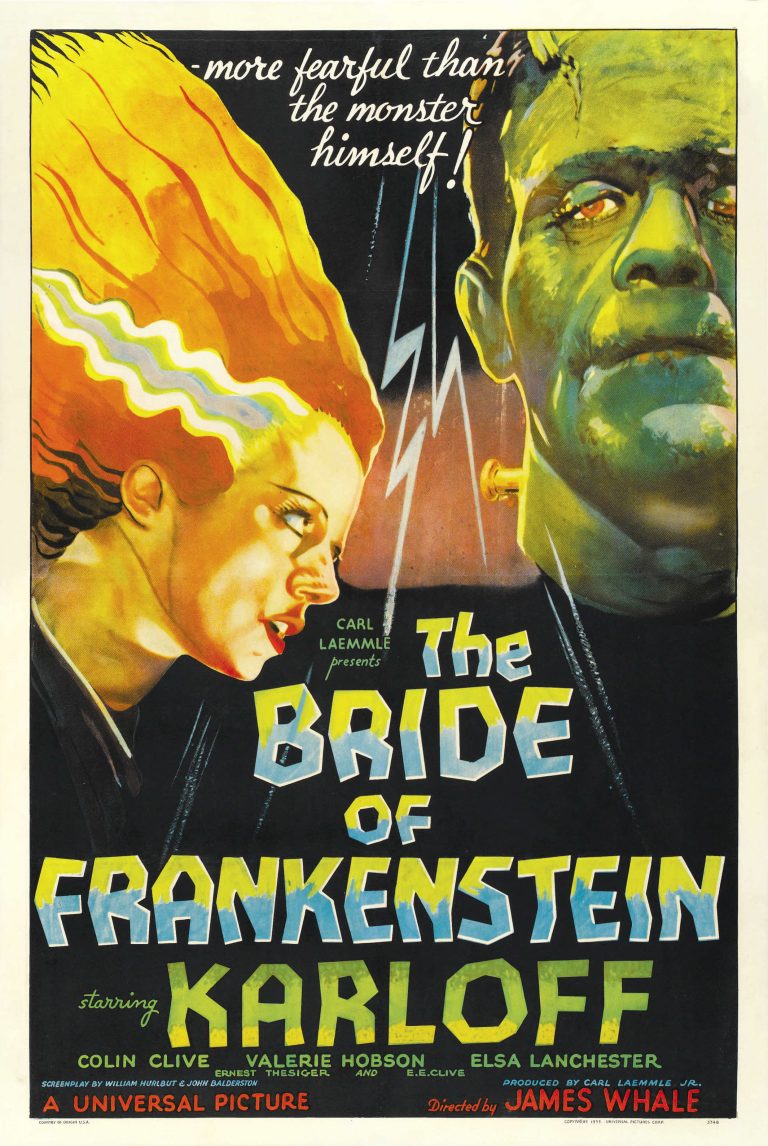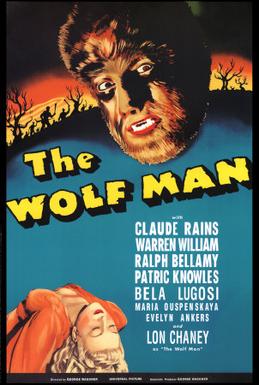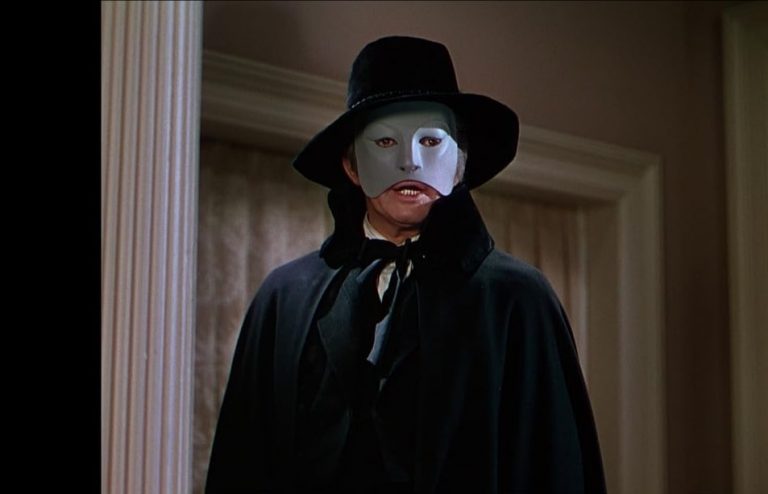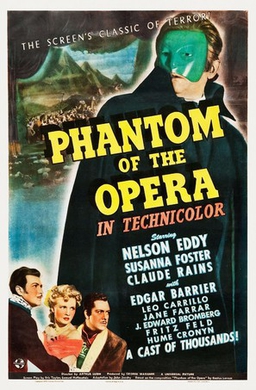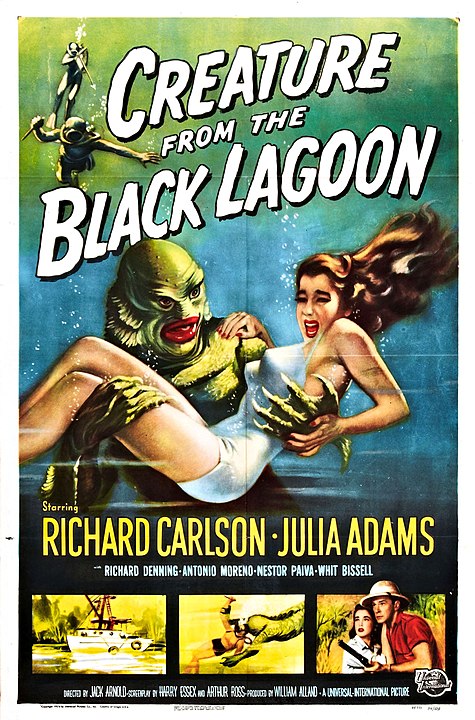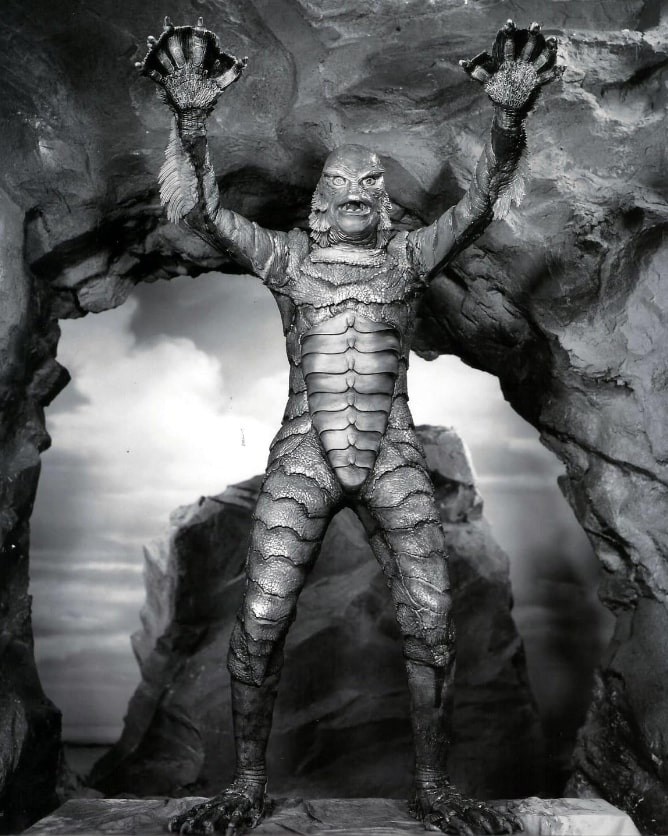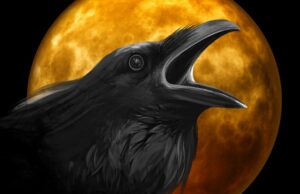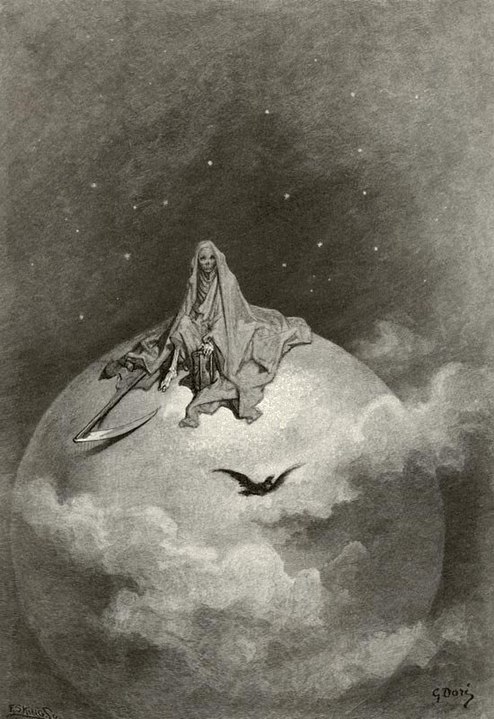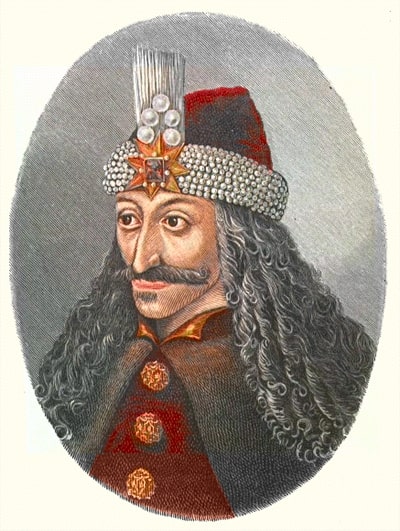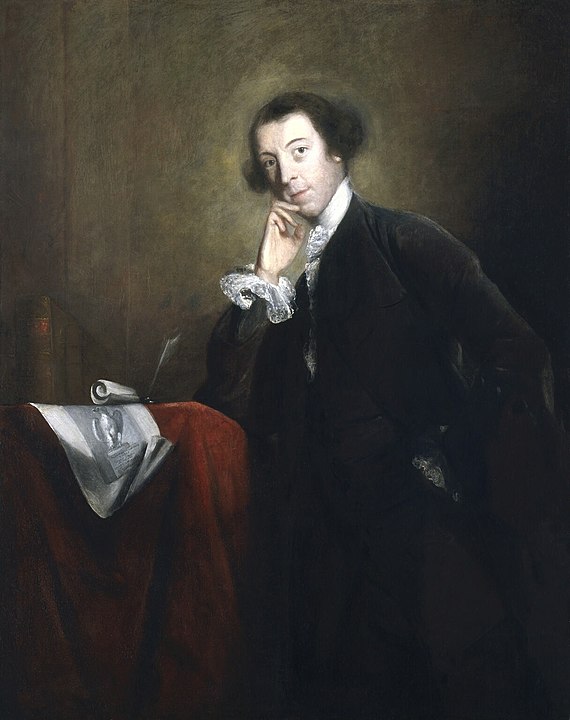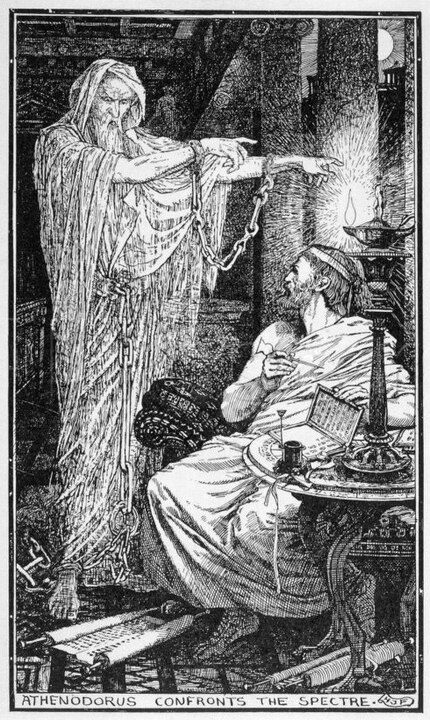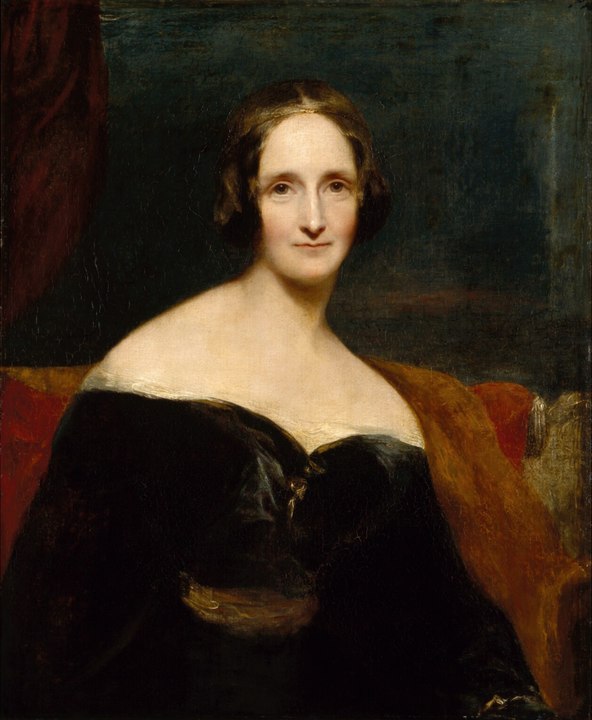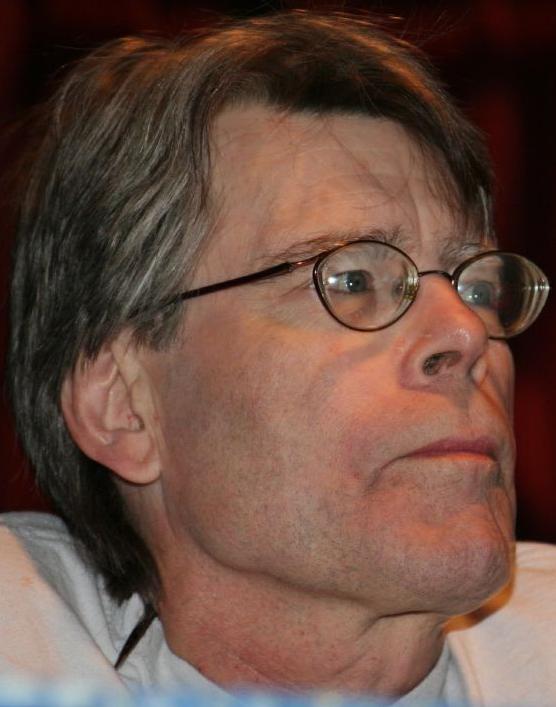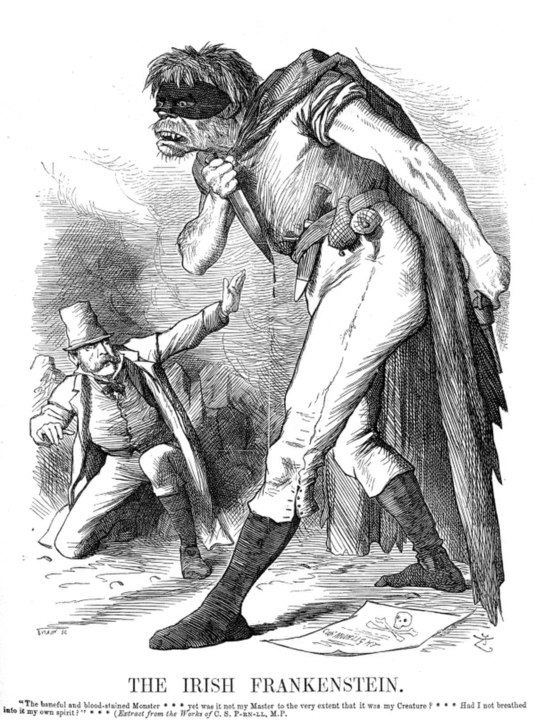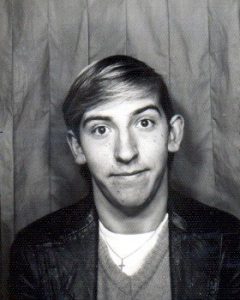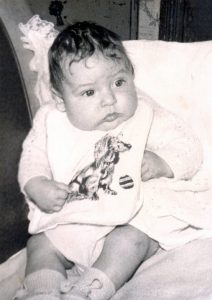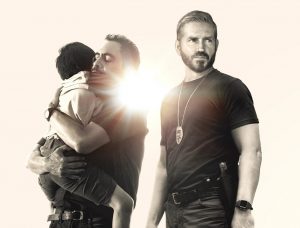
On the 9th of September, 2023 I went to see Sound Of Freedom at Cineworld Birmingham, Broad Street. I got to see this free thanks to the generosity of its distributor Angel Studios and their How You Can Help page. Click here to purchase tickets to give away yourself, buy tickets for yourself or claim a free ticket (like I did) from the kind people who purchased said tickets themselves to give away.
This important film was finalised in 2019 but many, including Disney (who acquired the original distributor Fox), tried to stop it from being shown at all. Thankfully Angel Studios bought back the rights to it. It is shocking and disturbing to watch as its content is about paedophilia and child sex trafficking, but not, thankfully, in a graphic way. It doesn’t need to do that. The truth sells itself here. It isn’t like most films these days, woke, it simply tells a story and does it well. A rarity these days. It is thought-provoking and leaves you feeling happy and sad at the same time. You feel happy for Tim Ballard, excellently played by Jim Caviezel, when he succeeds at what he is doing but then you feel sad for the children and the terrible things they go through. Those terrible things happen far too often and in staggering numbers.
Some people left the cinema when the credits started rolling and missed an important message by Caviezel at the end of the film. It was just as moving as the film was and the audience clapped and so did I.
This is a well-produced film with very good cinematography, very good acting, very good editing and very good music that captures the mood of the film so well.
I recommend anyone with children to watch this film and if their kids go to big school, they watch it too when it comes out on DVD (if it is allowed to that is), you won’t be sorry you did.

Sound Of Freedom was released in America on July the 4th and in the UK on September the 1st.
Official Trailer
About Sound Of Freedom
Sound of Freedom is based on an incredible true story, that shines a light on even the darkest of places. After rescuing a young boy from ruthless child traffickers, a federal agent learns the boy’s sister is still captive and decides to embark on a dangerous mission to save her. With time running out, he quits his job and journeys deep into the Colombian jungle, putting his life on the line to free her from a fate worse than death.
What Will The Movie Be Like?
Sound of Freedom is a thriller based on a pivotal extraction operation that would eventually rescue dozens of children from child traffickers in Colombia.
It has the hero energy of Hacksaw Ridge and Spotlight paired with the heart of films like Unbroken and 127 Hours.
With a star-studded cast, director, and original score, this film has gone to great lengths to bring the harrowing realities of child trafficking to life like it’s never been done before. Expertly produced and acted, Sound of Freedom has a larger-than-life mission to ignite the movement to end child trafficking for good.
Spreading global awareness about the harrowing realities of child trafficking cannot happen without telling stories like this one. Storytellers are the changemakers.
The Challenge
Distributing a film theatrically with such a global appeal is always a significant hurdle. Angel Studios has experience with global hits like The Chosen, which had a Christmas Special and Season 3 theatrical release. Most recently, another Angel Studios project, His Only Son, successfully crowdfunded $1.235 million in just a few days for their theatrical release (which premiered in over 2,000 cinemas internationally).
Angel also has experience working outside of traditional studio paths and is hopeful audiences will be excited to have an incredible film like Sound of Freedom in their local cinemas.
Deeply Rooted Values
Director Alejandro Monteverde said,
“I believe that as a society we need to be aware of the horrors of child trafficking, and my call was to use the power of cinema to bring light and poetry and hope into that darkest corner of humanity — and to wrap it all in one man’s incredible, world-changing odyssey.”
Sound Of Freedom Team
Alejandro Monteverde

Alejandro Monteverde, the Director of Sound Freedom.
Alejandro Monteverde is a Mexican filmmaker, best known for his work as a director, writer, and producer on the 2006 film Bella, which won the People’s Choice Award at the Toronto International Film Festival and the Audience Award at the Heartland Film Festival.
Monteverde began his career as a film director with the short film The Last Goodbye in 2004, which won the Crystal Heart Award at the Heartland Film Festival. He went on to direct and write several other films, including Little Boy in 2015, which was also well-received by audiences.
Monteverde’s work is known for its focus on family and faith, and he has been vocal about his Catholic beliefs. In addition to his film work, Monteverde has also been involved in philanthropic efforts, including the founding of the nonprofit organization Esperanza para los Ninos (Hope for Children) in 2010, which provides education and support to underprivileged children in Mexico.
Eduardo Verastegui

Eduardo Verastegui is the Producer of Sound of Freedom and plays Pablo.
Eduardo Verastegui is a Mexican actor, producer, businessman and philanthropist, born in Mexico. He began his entertainment career as a member of the Mexican pop group Kairo in the 1990’s before transitioning to acting in telenovelas.
Verastegui gained international recognition for his leading role in the 2006 film Bella, which he produced with the production company he co-founded called Metanoia Films. He is also known for his humanitarian work and began a nonprofit organization called Manto de Guadalupe that aids those who don’t have access to food, shelter, health care or education.
Verastegui is the producer of Sound of Freedom and has since toured all over Mexico and beyond in an effort to partner with local government leaders, educators, law enforcement, and foundations to prevent child exploitation.
Jim Caviezel

Jim Caviezel plays Tim Ballard in Sound Of Freedom.
Jim Caviezel is an American actor born in Mount Vernon, Washington. He graduated from the University of Washington with a degree in Fine Arts before pursuing his acting career in Los Angeles.
Jim’s breakout role was playing Edmond in The Count of Monte Cristo, quickly followed by his portrayal of Jesus Christ in Mel Gibson’s film The Passion of the Christ. He also gained recognition for his performances in The Thin Red Line and Frequency.
Caviezel is known for his strong Christian faith and has been actively involved in various charitable causes. He has been married to his wife Kerri for over 20 years and they have adopted three children together.
After meeting Tim Ballard and learning about Operation Underground Railroad, Caviezel was deeply moved and became passionate about spreading this message and helping end child trafficking.
Interview With Jordan B. Peterson
This is episode 372 of Peterson’s podcast entitled The Fight Against Worldwide Child Slavery and the Sex Trade, which features Jim Caviezel and Tim Ballard. It is an excellent interview and talks about the film, the ongoing work involved, child slavery, the child sex trade and what stopped the film from getting released a lot earlier than it has been now.
Angel Studios
You can read about the film distributor here.
Blog Posts
Films: Angel Studios.
Films: Tim Ballard.
Notes And Links
Article source: Angel Studios.
The image shown at the top of this page and the three below is the copyright of Angel Studios.
Angel Studios – Official website.
Angel Studios on Facebook.
Tim Ballard – Official website.
Operation Underground Railroad – Official website. O.U.R. lead the fight against child sex trafficking and sexual exploitation around the globe. Their work has no boundaries. They go to the darkest corners of the world to assist law enforcement in rescuing children and ensure ongoing aftercare. They provide critical resources to law enforcement and preventative efforts that benefit at-risk children worldwide. Their resolve never falters, and they will faithfully persevere until every child is safe.
Operation Underground Railroad On Facebook.
Operation Underground Railroad On Twitter.
Operation Underground Railroad On YouTube.
Operation Underground On Instagram.
Operation Underground Railroad On LinkedIn.
Operation Underground Railroad On TikTok.
The SPEAR Fund – Official website. The SPEAR Fund collaborates with and funds anti-trafficking organizations to provide quick and effective action when it matters most.
Jordon B. Peterson – Official website.
Jordon B. Peterson on Facebook.

